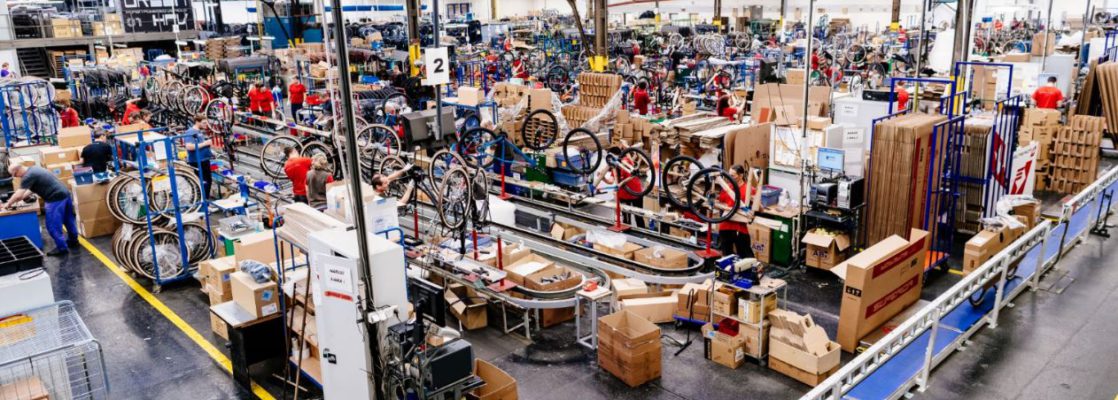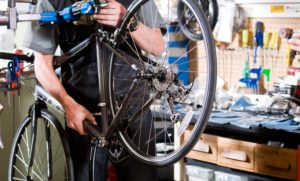
The relationship between bike dealers and manufacturers is a crucial aspect of the bicycle industry, shaping the availability, pricing, and distribution of bikes to consumers. This partnership is particularly significant in emerging trends like collapsible bikes, where effective collaboration between dealers and manufacturers can drive innovation and market success.

- Understanding the Dynamics: At the heart of the bike dealer-manufacturer relationship lies a complex interplay of supply and demand, production capabilities, and market trends. Bike dealers serve as the primary link between manufacturers and consumers, showcasing and selling bikes to diverse customers. On the other hand, manufacturers design, produce, and distribute bikes, relying on dealers to effectively market and sell their products.
- Collaboration for Innovation: Collapsible bikes represent an innovative solution to urban mobility challenges, offering compactness and portability without compromising performance. In this rapidly evolving market segment, effective collaboration between bike dealers and manufacturers is essential for driving innovation and meeting the needs of consumers. By sharing insights, feedback, and ideas, dealers can inform manufacturers about market demand and customer preferences, enabling them to develop and refine collapsible bike designs that resonate with target audiences.
- Market Insights and Feedback: Bike dealers provide manufacturers with valuable market insights and feedback. Through interactions with customers and firsthand experience with product performance, dealers can offer valuable feedback to manufacturers about the design, features, and functionality of collapsible bikes. This feedback loop facilitates continuous improvement and refinement of bike designs, ensuring that products meet consumers’ evolving needs and preferences.
- Supply Chain Management: Effective supply chain management is essential for ensuring the timely availability of collapsible bikes to meet consumer demand. Bike dealers and manufacturers must work closely to coordinate production schedules, manage inventory levels, and streamline distribution channels. By maintaining open communication and sharing information about sales forecasts and inventory requirements, dealers and manufacturers can minimise supply chain disruptions and optimise the availability of collapsible bikes in the market.
- Marketing and Promotion: Collaborative marketing and promotion efforts are vital to driving awareness and demand for collapsible bikes. Bike dealers play a crucial role in marketing and promoting collapsible bikes to their target audience, leveraging their local knowledge and expertise to reach potential customers. Manufacturers can support dealers with marketing materials, promotional campaigns, and incentives to encourage sales and adoption of collapsible bi
- Training and Support: Manufacturers are responsible for providing training and support to bike dealers to ensure they have the knowledge and resources to sell collapsible bikes effectively. This may include product training, technical support, and marketing assistance to help dealers showcase the features and benefits of collapsible bikes to customers. Manufacturers can empower dealers to drive sales and provide exceptional customer service by investing in dealer training and support.
- Building Trust and Relationships: Trust and mutual respect are essential to a successful bike dealer-manufacturer relationship. Manufacturers must demonstrate reliability, consistency, and transparency in their dealings with dealers, while dealers must uphold manufacturers’ brand image and reputation through their sales and customer interactions. Building strong, collaborative relationships based on trust and shared goals is essential for navigating the complexities of the bike dealer-manufacturer relationship.
- Adapting to Market Changes: The bicycle industry constantly evolves, with new trends, technologies, and consumer preferences shaping the market landscape. Bike dealers and manufacturers must remain agile and adaptable, ready to respond to changes in the market and pivot their strategies accordingly. Whether adjusting product offerings, refining marketing tactics, or exploring new distribution channels, collaboration between dealers and manufacturers is essential for navigating market changes and staying competitive.
The relationship between bike dealers and manufacturers is critical to success in the bicycle industry, particularly in emerging segments like collapsible bikes. Effective collaboration, communication, and trust between dealers and manufacturers are essential for driving innovation, meeting consumer demand, and achieving mutual business objectives. By working together as strategic partners, bike dealers and manufacturers can navigate the complexities of the market landscape and capitalise on opportunities for growth and success.




